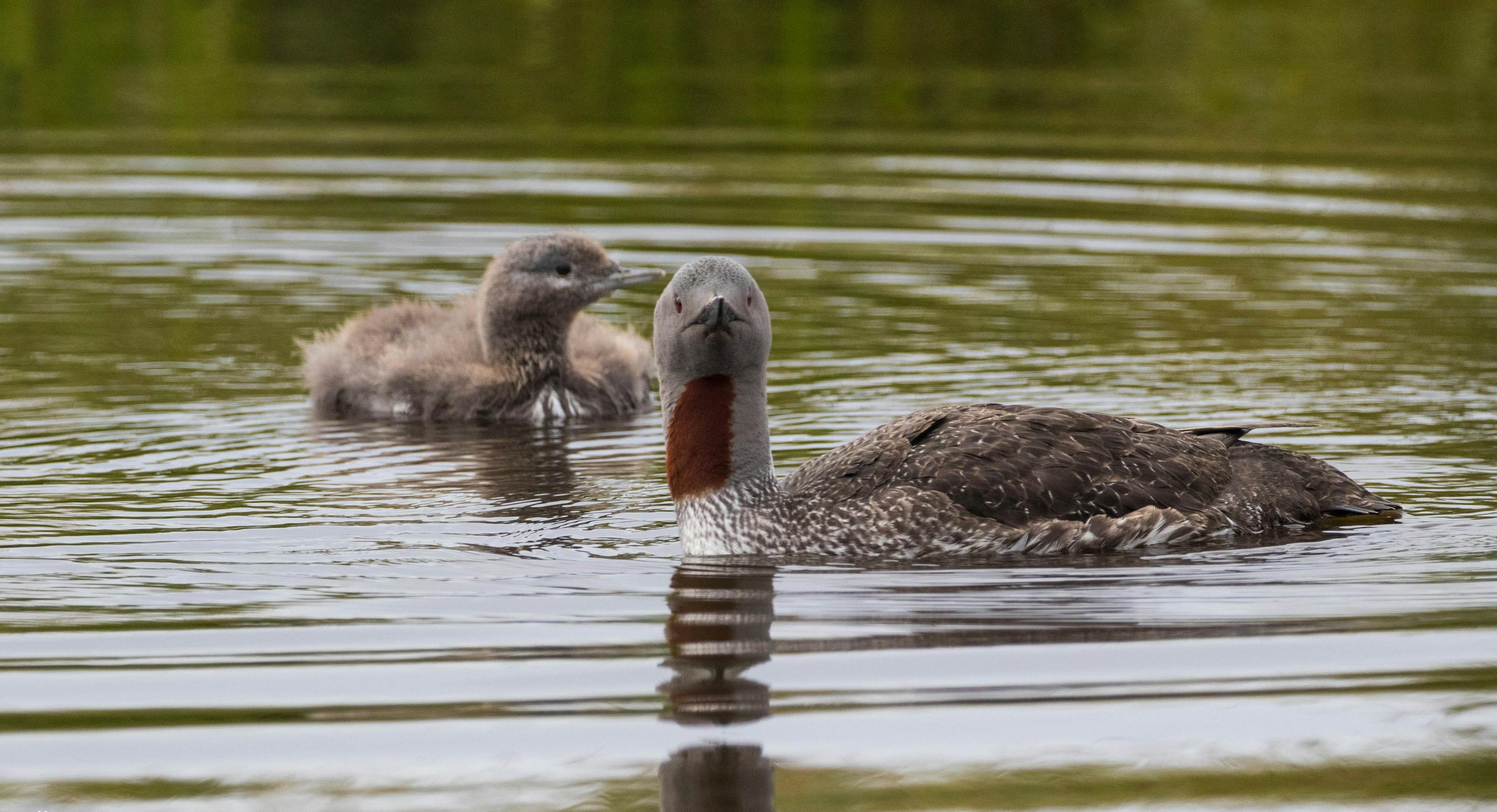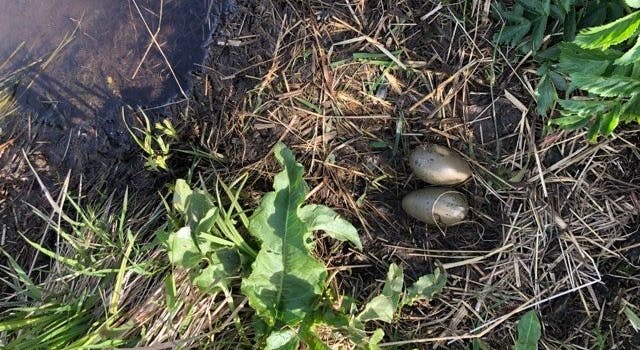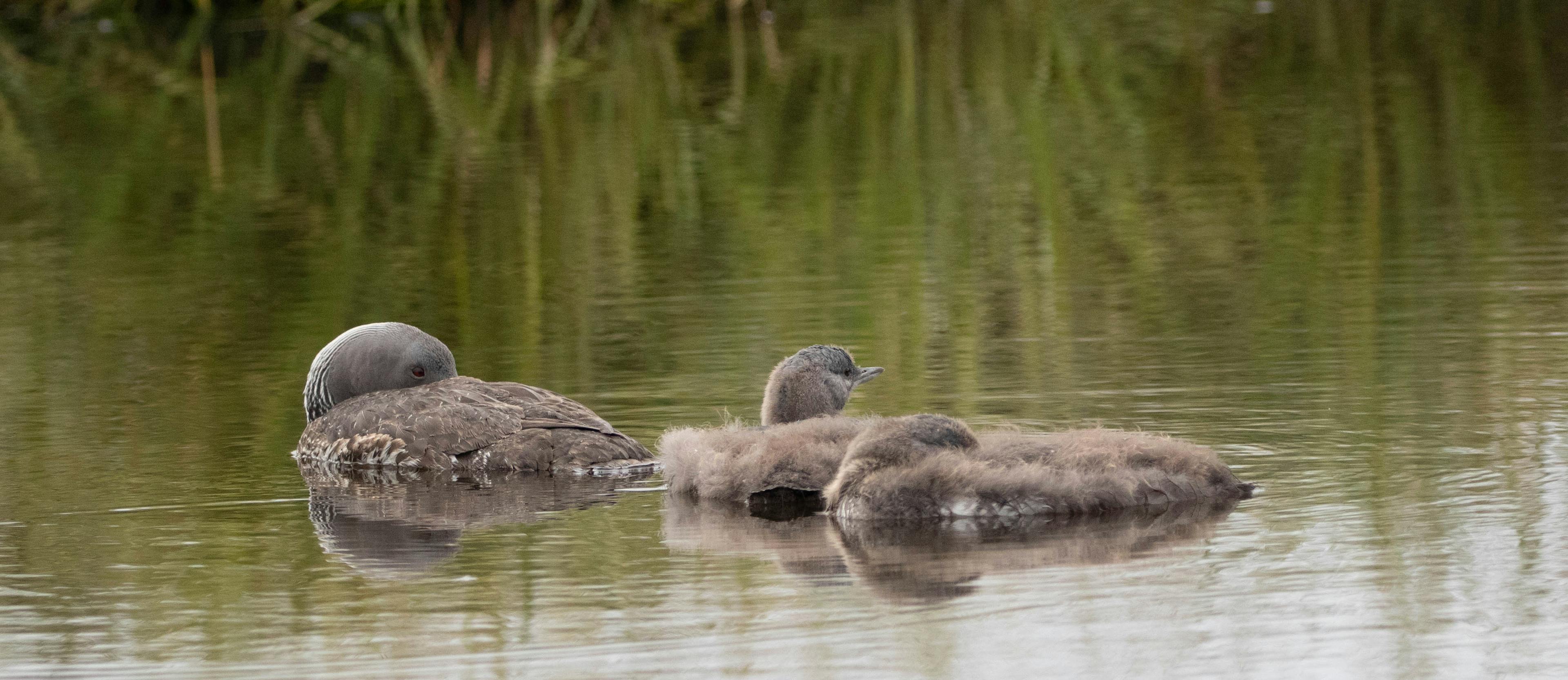
The Red-Throated Diver
Spot the Red-Throated Diver: A Magnificent Waterbird
The red-throated diver (known as the red-throated loon in America, Gavia stellata) belongs to the Gavidae family, which includes five species of divers, all living in the northern hemisphere. Along with the red-throated diver there is another species of the family living in Iceland, the big black and white great northern diver (common loon in America, Gavia immer). The red-throated diver nests all around the Arctic Circle and is distributed south to the coniferous forest region.
To learn more about Icelandic nature and wildlife, visit the Perlan Museum in Reykjavík. Here, you can dive deeper into every aspect of what Iceland's wonders have to offer. This interactive museum is a great experience for all ages, giving you a unique opportunity to experience Iceland in one place. Read more about the exhibitions Perlan Museum has to offer here.
Meet the Colourful Diver

An adult bird weighs 1390 - 1900 grams (49-67 oz), the length is 51 - 71 cm (20-28 in), and the wingspan is 99 - 117 cm (39-46 in). In spring, it gets a very colourful plumage. As the name implies, the characteristic is the red patch on the throat and chest. The bird is otherwise greyish above with white stripes on its neck, white belly and underwings.
The beak is dark and pointy, a phenomenon that works well for fishing. The eyes of adults are noticeably red but brown in juveniles. The feet are dark and situated extremely far back on the bird, making it difficult to walk on land, so it mostly slides around on its belly. The location of the feet makes the bird a great diver.
The summer and winter plumage is very different. In winter, the bird gets a white head, throat and belly but is otherwise greyish. Sexes look alike, but the male is a little larger than the female.
The Red-Throated Divers Territorial Tales
When ice melts in spring, the red-throated diver visits its territory. First-time breeders must find their own territories and defend until the breeding season starts, but older and more experienced birds use the same territory each year. The red-throated diver is a monogamous bird that often pairs for a lifetime. However, divorces can happen if breeding fails or if an extremely good-looking rival appears.
The territory is often a part of a pond or a nutritional stream. The red-throated divers manage mostly to avoid fighting each other and other birds that enter their territories by intimidating the opponent with head movements. The razor-sharp beak is a remarkable weapon. If this aggressive act does not work to scare off the opponent, the fighting starts. The red-throated diver uses its diving skills to dive and poke the opponent in the belly with its sharp beak.
Nesting and Brood Rearing

On the waterbank, the red-throated diver makes a small dent and lays 2-3 brown spotted eggs that hatch in 24-28 days. Both parents incubate and help rearing the young. The young are grey-coloured and leave the nest 24 hours after hatching to stay at the pond. For the first days, the young feed mostly on invertebrates, but soon, the parents start to feed them sticklebacks (Gasterosteus aculeatus) and other small fish species.
Even though the red-throated divers' territory is at a small pond, the pond can be fishless. Then, the parents must fly to the sea or the nearest lake to catch fish and bring them home to the young. There is no love between siblings, and they compete for food brought by the parents, and the fittest survives.
Population Size and Distribution
The red-throated diver is found scattered all around Iceland and often breeds in sparse colonies in wetlands. Population size is estimated at 1500-2000 breeding pairs and has increased after the recovery of wetlands. Icelandic red-throated divers migrate mostly to western Europe and Britain in the fall, but a small portion of the population is stationary on the southwest coast during winter.
The Intriguing Sound of the 'Rain-Goose'

The sound of the red-throated diver is a mixture of goose-cackling and whining. This strange whining sound spooked people during the old days, and stories of "dead children crying "could have their origin in the ghostly sounds of the red-throated diver. The Icelandic word for the red-throated diver is "lómur ", and we have a saying that a person who complains and whines a lot is a "barlómur ".
The red-throated diver has had an undeserved negative reputation in Iceland, but as with many other bird species, it is known to predict the weather. If the red-throated diver whines a lot, it will start to rain, but if it sounds like goose-cackling, it predicts sunny days. This is the origin of the English name "rain-goose ", which is often used for the red-throated diver by farmers.
Five Fun Facts About the Red-Throated Diver
- The oldest known red-throated diver became 32 years old, but the average lifespan is about nine years.
- The mating ritual of the red-throated diver involves a beautiful dance on the water's surface. This dancing behaviour is characteristic of the divers.
- When landing on water, the red-throated diver uses its belly with water splashing to slow down the speed as feet are so close to its rear that they can't be used as brakes.
- The red-throated diver can dive for 3 minutes, but most often, it dives for less than a minute.
- In Iceland, the red-throated diver has been protected by law since 1994.
Popular articles

Reykjanes Volcanoes Overview
Enjoy a complete overview of the Reykjanes Volcanoes from 2021-2024. Learn about its geology, recent activity, and visitor tips for a safe, memorable experience.

Reykjanes Peninsula Volcanoes: Sundhnúksgígar Eruptions
The anticipated volcano has erupted in the Reykjanes Peninsula, the site is being called Sundhnúkagígar. See the historic insights on the seismic activity and volcanic eruptions.

Earthquakes in Iceland
Earthquakes in Iceland are a fact of life. Each year, hundreds of small tremors shake the earth, a reminder of the country’s position on a tectonic plate boundary.

Volcano Museums and Exhibitions in Iceland
If you don't manage to visit an actively erupting volcano in Iceland - Experience its force at one of these excellent volcano museums and exhibitions in Iceland.

Top 10 Places To See the Northern Lights in Iceland
You can see the northern lights across the country, but some spots are more suitable than others. Find the best place to see the northern lights in Iceland.

Ice Caves From Reykjavik
Travel beyond the capital for a closer look at an ice cave under one of Iceland’s glaciers. If you can’t spare the time, experience Perlan’s ice cave in Reykjavik.